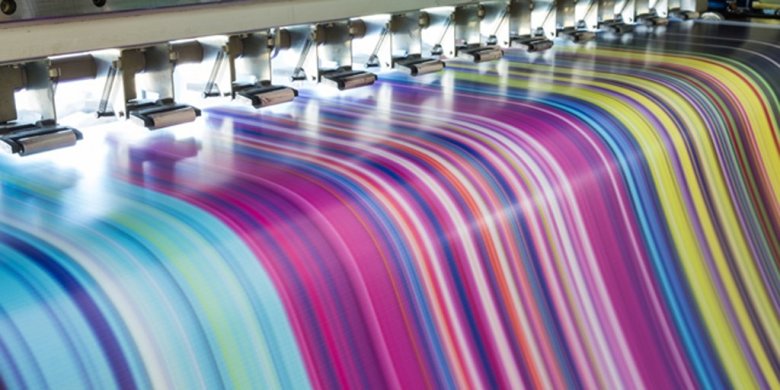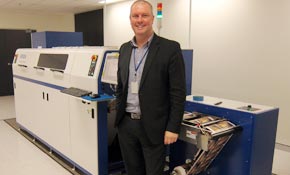
The market for inkjet printing is expected to grow at a rate of 9.4 per cent year on year, making it worth $109bn in 2023, according to a new report from leading print research agency Smithers Pira.
The report, based on interviews across the supply chain with printers and suppliers, says while advertising will continue to be the largest end-use application for the next five years, the most rapid growth is expected to come from wider use of inkjet in packaging, book and commercial printing.
Dr Sean Smyth, print consultant at Smithers Pira and author of the report says, “‘The economics and reliability of inkjet are consistently improving as a result of heavy investment in printing heads, machinery, inks and drying systems, associated software and – increasingly – substrates.
“There is strong growth across most of these disparate activities because the non-impact process is very flexible and capable of printing at high-quality and speed, making it suitable to print many products, while the cost position is becoming more economic against most analogue printing alternatives.
[Related: Inkjet propulsion]
“Inkjet is winning market share from analogue processes as well as opening up new applications, with new routes to market and workflows developing. In packaging, changing retail supply chains along with strong growth in e-commerce – now including mobile-enabled m-commerce – are pushing further adoption of inkjet as brands and retailers look to communicate with end users in new ways.
“Equipment manufacturers and converters are exploring new functions enabled by versioning and personalisation on packs as packaging is used in new ways to engage with consumers.”
Smithers Pira says developers are exploring ways of leveraging the flexibility of inkjet for new applications, such as 3D printing, automotive and transport printing, ceramics, decor and laminate printing, direct-to-shape printing, glass printing, printed electronics and textile printing.
The report also says inkjet has potential principally in short run and variable data printing, which is becoming increasingly appreciated in changing business models, disrupting established supply chains and adding new value-adding options.
Comment below to have your say on this story.
If you have a news story or tip-off, get in touch at editorial@sprinter.com.au.
Sign up to the Sprinter newsletter

